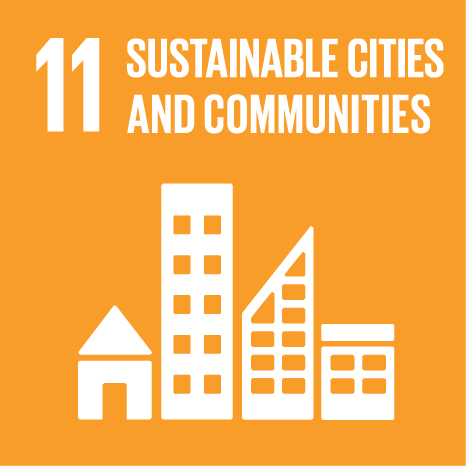Ciência_Iscte
Publications
Publication Detailed Description
Timber-framing construction in Herculaneum archaeological site: characterisation and main reasons for its diffusion
Journal Title
International Journal of Architectural Heritage
Year (definitive publication)
2021
Language
English
Country
United States of America
More Information
--
Web of Science®
Scopus
Google Scholar
This publication is not indexed in Overton
Abstract
Timber-framing is the most common mixed construction technique utilised by Romans and many
other builders throughout history. However, archaeological evidence is scarce due to the overlapping
urban land use and the perishability of the wooden skeleton.
This paper focuses on timber frame wall — opus craticium — from Herculaneum, examined
through a literature review and on-site analysis.
The aim of this research is shedding light on the reasons for the diffusion of opus craticium
through a critical analysis of Vesuvian archaeological evidence, among which the best-known is
Casa a Graticcio (Insula III, 13–15, Herculaneum). The dichotomy between the written transmission
of this technique and the construction practice in the Augustan epoch is also discussed.
It is shown how the pervasiveness of this technique in Herculaneum arises from multiple
reasons: firstly, the strong demand of new constructions and the need of heavy repairs during the
Augustan Principate. Additionally, the anaerobic conditions resulting from the specific on-site
burial in 79 AD allowed the conservation of the timber-framing.
Acknowledgements
--
Keywords
Fields of Science and Technology Classification
- Civil Engineering - Engineering and Technology
- Arts (arts, history of arts, performing arts, music) - Humanities
- Other Humanities - Humanities
Contributions to the Sustainable Development Goals of the United Nations
With the objective to increase the research activity directed towards the achievement of the United Nations 2030 Sustainable Development Goals, the possibility of associating scientific publications with the Sustainable Development Goals is now available in Ciência_Iscte. These are the Sustainable Development Goals identified by the author(s) for this publication. For more detailed information on the Sustainable Development Goals, click here.

 Português
Português


